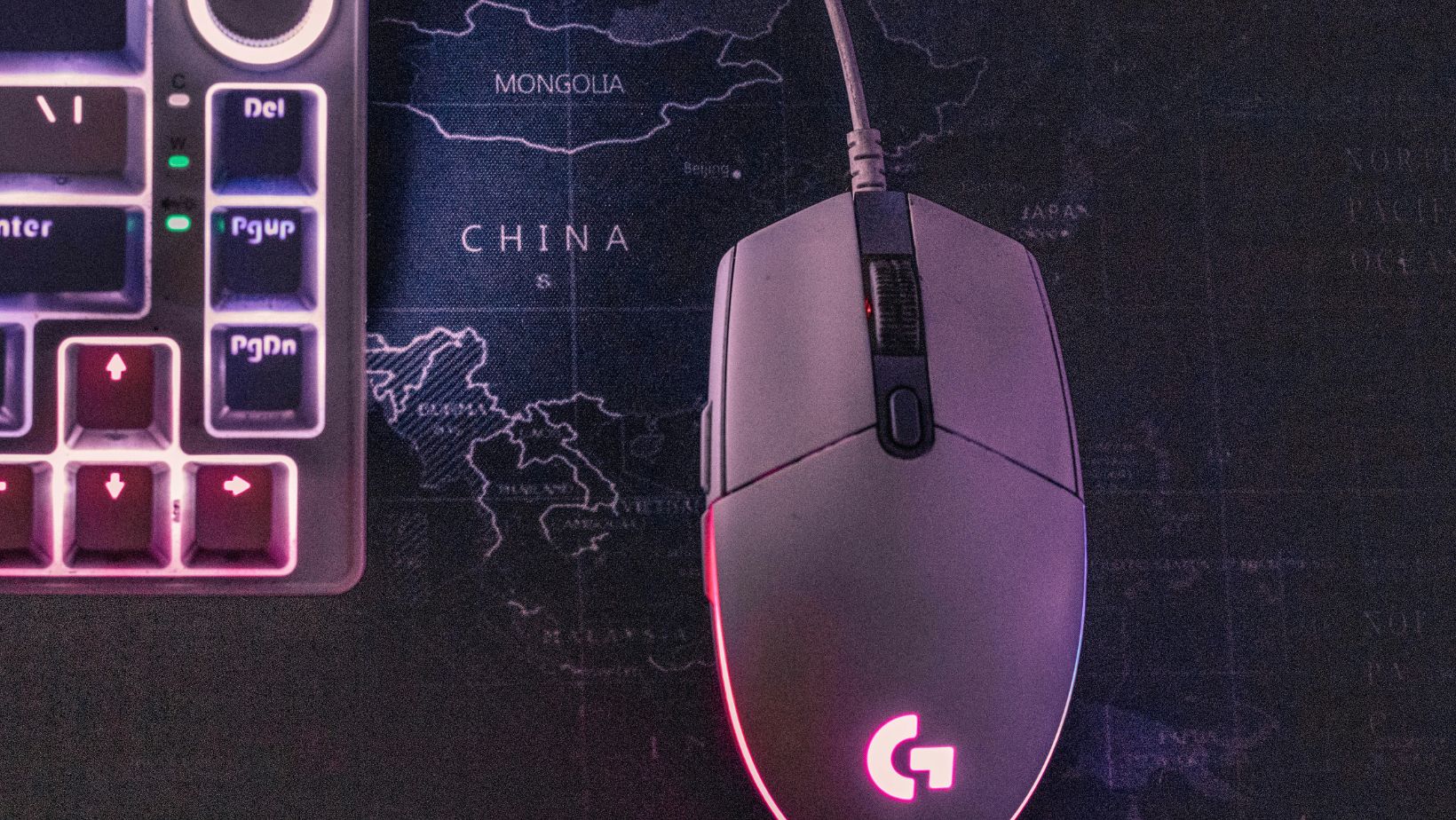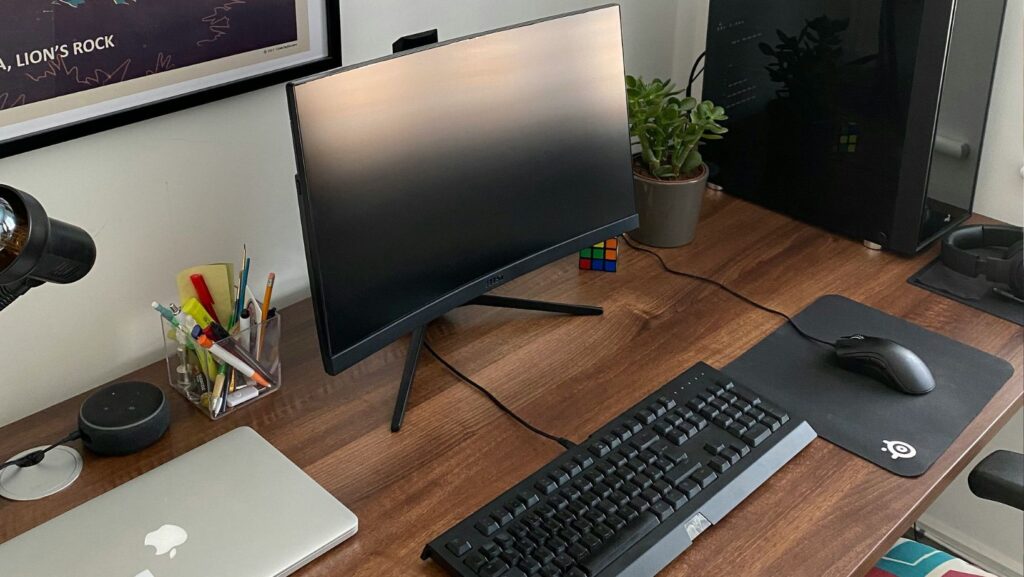Computers have become deeply ingrained in how people work, play, and connect. Yet, amid all the upgrades to hardware and software, one accessory often gets overlooked: the mouse pad. This simple item sits beneath the mouse, seemingly unimportant, but its role is far from minor. Whether you’re gaming, editing, or browsing, the surface under your mouse can have a surprising effect on precision, comfort, and device longevity. While modern mice boast impressive tracking technologies, their performance still depends heavily on what lies underneath them.
A good mouse pad can bridge the gap between average and flawless input. It’s not just about comfort or tradition; it’s about control, accuracy, protection, and even hygiene. Here are six compelling reasons why every computer setup should include a mouse pad.
Precision in Every Movement
Accuracy is non-negotiable when it comes to mouse performance. Whether navigating spreadsheets or aiming in a fast-paced game, consistent tracking makes all the difference. While many mice claim to work on any surface, real-world usage shows variability in performance. Wood grain, glass, or uneven desk textures can lead to unpredictable cursor jumps or lag. Mouse pads solve this by offering a consistent texture that matches the tracking requirements of optical and laser sensors. Among the top options for unmatched consistency are amazing glass mousepads, which provide a flawless glide while maintaining pinpoint control. In the middle of intense tasks or rapid clicks, the mouse moves with precision, avoiding stutters or misalignments. These high-quality pads are designed not only for fluid motion but also for longevity, making them a favorite among professionals and enthusiasts alike.
Surface Protection for Desk and Mouse
Desks aren’t designed to handle the constant friction caused by repeated mouse movement. Over time, that back-and-forth motion can lead to visible wear, scratches, and fading of finishes. A mouse pad acts as a buffer, shielding the desk from unnecessary damage.
The mouse itself also benefits. Constant contact with hard or uneven surfaces can wear down the glide feet at the bottom of the mouse, leading to rougher movement and decreased performance. A pad reduces this friction, preserving both the surface and the device. This can extend the life of the mouse and keep its motion smooth over a longer period.
Wrist Support and Ergonomics
Spending long hours at a computer without considering ergonomics can lead to discomfort or even repetitive strain injuries. While desk height and chair support often come to mind first, the wrist and hand positions are equally significant.
A well-designed mouse pad, especially one with a built-in wrist rest, promotes a neutral wrist position. This can reduce strain on the tendons and nerves that run through the hand and forearm. Instead of resting on a hard surface, the wrist is cushioned, which adds a layer of comfort that can be appreciated during long sessions. These ergonomic touches might seem small at first, but over weeks and months, they make a big difference in maintaining productivity and avoiding fatigue.
Cleanliness and Hygiene
Desks collect dust, crumbs, and oils from hands throughout the day. Using a mouse directly on the desk means the mouse picks up all of that debris, which can interfere with the sensor and clog the glide feet. Mouse pads serve as a controlled surface that is easier to keep clean.
Many modern mouse pads are washable or made from materials that resist stains and moisture. Some are even treated with antimicrobial coatings to help reduce the buildup of bacteria. Keeping the mouse area tidy becomes simpler when the surface can be removed and cleaned regularly, rather than wiping down the desk repeatedly or dealing with worn-out tracking sensors.
Improved Gaming and Creative Performance

When precision matters most, whether in gaming or creative design, a good mouse pad can be a major asset. High-DPI mice need a reliable surface to function correctly, especially when executing fast or delicate movements. Mouse pads give gamers the smooth, predictable glide they need to aim accurately, flick quickly, and react instantly.
Designers and digital artists benefit in similar ways. Whether outlining shapes in graphic software or navigating multiple screens during editing, the mouse must respond predictably. A rough desk or glossy surface can interfere with the mouse’s ability to detect subtle movements. Pads specifically designed for gaming and design often feature specialized textures and materials tailored for ultra-responsive input.
This consistency can become a subconscious advantage. With muscle memory relying on tactile feedback, having the same feel under your hand every time you sit down helps build confidence and speed.
The mouse pad might seem like a relic from an earlier era of computing, but its role remains just as relevant. From delivering precise mouse movements to protecting the desk and promoting ergonomic comfort, its value is hard to overstate.
